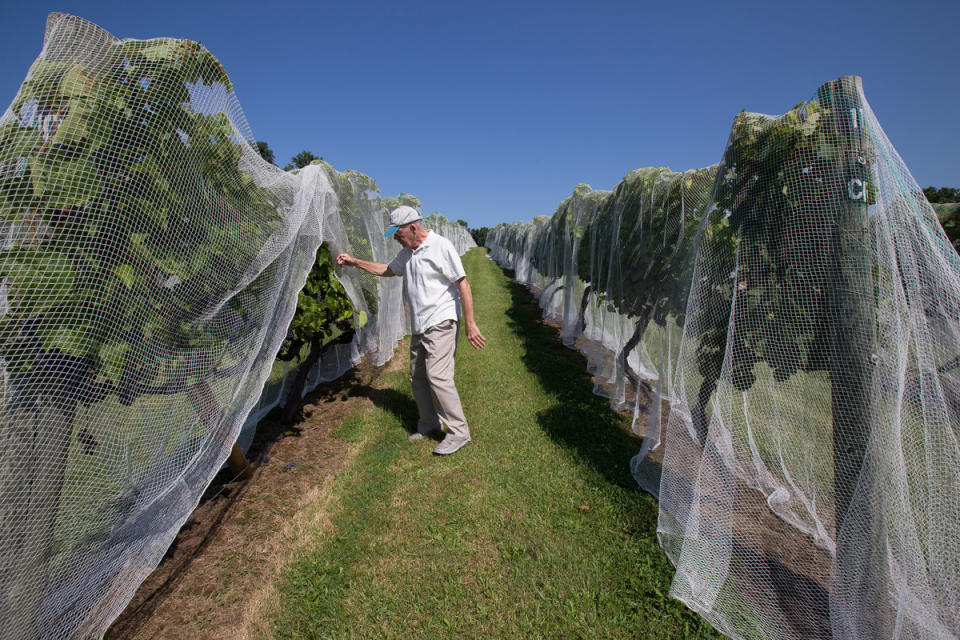Pa. nets $17.5M to fight invasive spotted lanternfly
The spotted lanternfly has attacked vineyards, apple orchards, peach farms and other agricultural products in Southeastern Pennsylvania with a frightening rapidity.
Now, the federal government is pitching in $17.5 million to help the state fight the pest.
The U.S. Department of Agriculture (USDA) said the invasive insect has spread from 174 square miles when it was first spotted in 2014 to 3,000 square miles in 2017.
“We’ve seen a dramatic expansion in the range of this pest over the last year and we need to take decisive action to prevent the spotted lanternfly from spreading throughout Pennsylvania and into neighboring states,” Sonny Perdue, secretary of the agriculture department, said in a statement. “We have the tools to fight this invasive insect and — together with the Pennsylvania Department of Agriculture (PDA) — we have developed an area-wide approach that will begin before the pest starts to re-emerge in the spring.”
The colorful insect feeds on 70 types of plants and deposits a sticky residue on leaves that lead to a fungus. The spotted lanternfly, or Lycorma delicatula, is an insect native to Asia and first arrived in the United States in Berks County in 2014. Its spread to neighboring counties poses a threat to the state’s $13.1 billion annual production of apples, grapes and other crops, as well as $16 billion in timber and wood products, according to the PDA.
The bug thrives on another invasive species, the Tree of Heaven, that’s taken root in Pennsylvania forests, crowding out native trees and damaging urban infrastructure — all the while hosting the spotted lanternfly. Farmers tell of seeing thousands of the insects on each Tree of Heaven, with the potential to mature in a week or two.

So far, damage from the inch-long, black, red, and white lanternflies — now in Berks, Chester, Montgomery, Bucks, Lehigh, and Northampton Counties — has been small enough that it’s given farmers and officials time to mount a defense.
The USDA says $8.7 million of the grant will go toward a survey and control program for infested areas. And $7.5 million will go toward insecticides and herbicides. The remainder will pay for public education.
The spotted lanternfly lays its eggs in trees from fall to the start of winter. Officials hope to make progress before the eggs hatch in the spring.
Most Popular on Philly.com
Watch the Eagles parade live stream from NBC10 in Philadelphia
Eagles parade: Recapping Philadelphia's Super Bowl celebration
Eagles parade: How to stream or watch the Super Bowl champs live on TV
How to leave Philadelphia after the Eagles parade by train, subway, car
Son of Villanova hoops announcer Whitey Rigsby one of 8 arrested for post-Super Bowl mayhem


